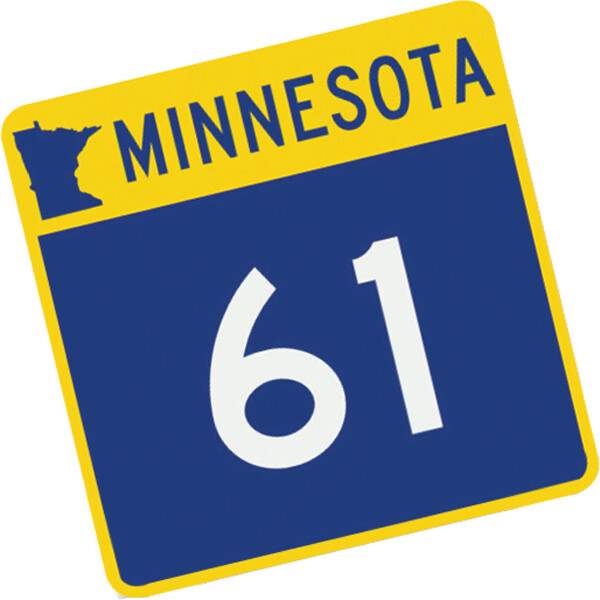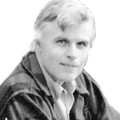Community Spirit and Other Intoxicants

As you leave the Duluth Superior area proper and move along the North Shore you find place names of earlier communities. Most of the native locations have either been lost or were built on by immigrants who valued the locations for the same reasons the original people did. Following what is seen today Lakeside and the Lester River on one end and Grand Portage on the other end of the US North Shore. In between are place names that were once thriving and central to a local economy and community. As examples, at one time Beaver Bay was more important than Silver Bay and Grand Portage was a population and industrial center rivaling the Twin Ports. Today some are hardly more than a remaining name such as Illgen City or Hovland. People associating themselves with either of the two names I just downplayed will possibly feel offense. But fact is fact. Some of the North Shore names and communities are relatively minor in population or economic impact; two ways of measuring an area’s impact.
Having stirred things I have to say there’s little point trying to rank the importance of North Shore places. Communities along the shore vary considerably in size and activity level. The thing that large and small, minor of major, dynamic of static shore communities share is the continued recognition of their place as distinct and (if little else) emotionally significant. At times there is a wry acknowledgement as when diminutive Schroeder limits its local celebration to a single day instead of a weekend or a whole week. There’s a Schroeder Day instead of Days. A sense of and affiliation to the concept of community is a big deal. In some respects the bigger communities will often make a larger show of community values precisely because those places are no longer very much a community as once was. An early community often had a fair number of related people, ones emigrating from the same place and sharing the same language, or people engaging in the same economic pursuit such as timber or fishing. That sort of close community is pretty much gone; lost except in lore or as seen in a few remnants.
Over time local communities have changed with times and peoples. In the 1820’s or 1920’s a community was relatively homogeneous. In 2020 the presence of Thai, Somali, or Russian will not only be likely but unremarkable as well. So even though the traditional community no longer exists or has its old role there is definite devotion to a sense of community. Not so very long ago community was very local or at best regional. During the Civil War the soldiers on both sides held state affiliation above that of the nation. Compared to European nations the US was large enough that people affiliated on a smaller level to the state or city. Lee, for example, led the Army of Northern Virginia. Colonel Colvill (who has a North Shore community named after him) led a Minnesota regiment in the Civil War. I imagine that if you picture your citizenship or affiliation it won’t be as a dweller of a coral atoll, desert, or place with tides. It’s my guess that the diversity the US touts as so significant is hardly more than an expression of geography and size not allowing the same lifestyle needed in Texas to work in Maine and that Wisconsin farming will not be the same game as that done in California. Whether for Two Harbors or Tofte you’ll find a community association and a community spirit that plays a role. I can’t explain it, but in simple terms you’re either an Agate or you’re not. You’re either from Portage (Grand Portage) or you’re not. You’re Gunflint Trail or you’re not. (Community feeling or sensibility is not limited to the North Shore.) If you want to rile people up verbally attack or economically threaten what they see as their community. Where we live (our community) becomes a part of what and who we are.
But for all the passion that’s often associated with community and community spirit how do we actually identify community? At a time when there is less traditional community it’s interesting to see the passion individuals attach to community and that as there is effectively less of it there are more and more people asserting what (in their version anyway) it is and its particular values. So, what is it that gives or shows us community spirit? Is it the taking positions that espouse community that is basically absent? In other words is community these days mostly a matter of talk or are there any ways that identify it in practice? Is community spirit found in supporting the local school team? Support for youth activity is futuristic, but is it community? Is community spirit in going to funerals? How about the funeral for someone you barely knew or didn’t care for?
What marks community or community spirit? Is it in a spirit of community to cast out a person, group, or belief posing an assumed threat or is the spirit found in cautious welcoming of the untested? I think we see both forms. Sometimes the distinction isn’t so clear as it might appear. Say a community minded individual wears a pin supportive of Standing Rock? There’s a complex community to sort out isn’t it? It grows more complex yet if the support includes acknowledgement of Bison as relatives of the original population and that that population should be represented by a matriarchal order. I don’t know if any concept of community can address such a gap.
We might take comfort in an act such as a community activist wearing a big button with the large letters HATE struck through with a slash. Might be fine, but is that innocent or does it mark the rise of a new Inquisitor following laws or rules it conveniently defines on the spot. Community is so good, so natural, so essential, so easily lost, and so easily abused as an excuse.
